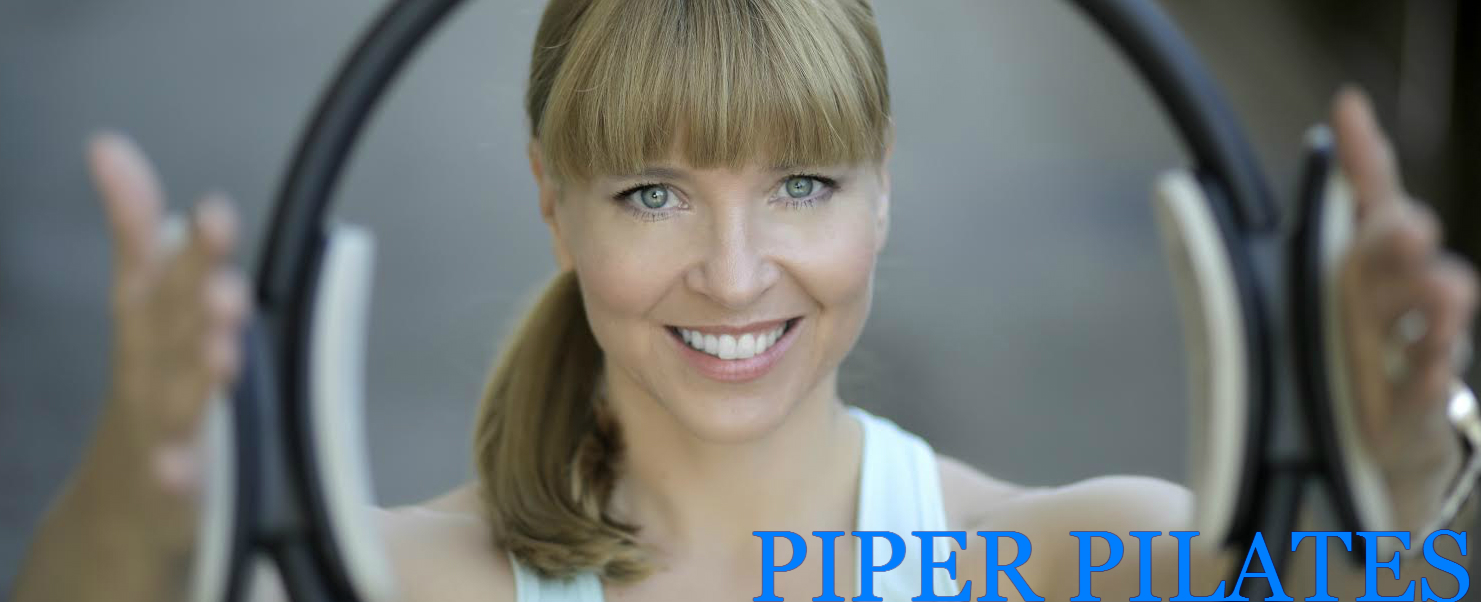 Joseph H. Pilates was born in 1883 in Monchengladbach, Germany. His father was a prize-winning gymnast, and his mother worked as a naturopath.
Joseph H. Pilates was born in 1883 in Monchengladbach, Germany. His father was a prize-winning gymnast, and his mother worked as a naturopath.
Pilates was a sickly child and suffered from asthma, rickets, and rheumatic fever, and he dedicated his entire life to improving his physical strength. Besides skiing frequently, he began studying body-building, yoga, “kung-fu” and gymnastics. By the age of 14, he was fit enough to pose for anatomical charts. Pilates came to believe that the “modern” life-style, bad posture and inefficient breathing lay at the roots of poor health. He ultimately devised a series of exercises and training-techniques and engineered all the equipment, specifications, and tuning required to teach his methods properly.
Pilates migrated to the United States sometime around 1925. On the ship to America, he met his future wife Clara. The couple founded a studio in New York City and directly taught and supervised their students well into the 1960s. “Contrology”, related to encouraging the use of the mind to control muscles, focusing attention on core postural muscles that help keep the body balanced and provide support for the spine. In particular, Pilates’ exercises teach awareness of breath and of alignment of the spine, and strengthen the deep torso and abdominal muscles.
Joseph and Clara Pilates soon established a devoted following in the local dance and performing-arts community of New York. Well-known dancers such as George Balanchine, who arrived in the United States in 1933, and Martha Graham, who had come to New York in 1923, became devotees and regularly sent their students to Pilates for training and rehabilitation. His exercise regimen built flexibility, strength and stamina. Soon after it became known that ballerinas were attending Pilates gym on 8th Avenue, society women followed.
Since George Balanchine believed that Joseph Pilates knew how to help his dancers become stronger with more stamina and flexibility, dancers around the world today continue to practice Joseph Pilates’ methods. By practicing Pilates’ methods, dancers are now able to sufficiently control the movement of their bodies by creating flow through the use of appropriate transitions. Once precision has been achieved, the exercises are intended to flow within and into each other in order to build strength and stamina. In other words, the Pilates technique helps you become strong with the ability to move freely. Through the techniques of Joseph Pilates, dancers nowadays have an advantage of being stronger than ever before.
Joseph Pilates wrote several books, including Return to Life through Contrology and Your Health. He was also a prolific inventor, with over 26 patents cited. Joe and Clara had a number of disciples who continued to teach variations of his method or, in some cases, focused exclusively on preserving the method, and the instructor-training techniques, they had learned during their studies with Joe and Clara.
Joseph Pilates died in 1967 at the age of 83 in New York.
